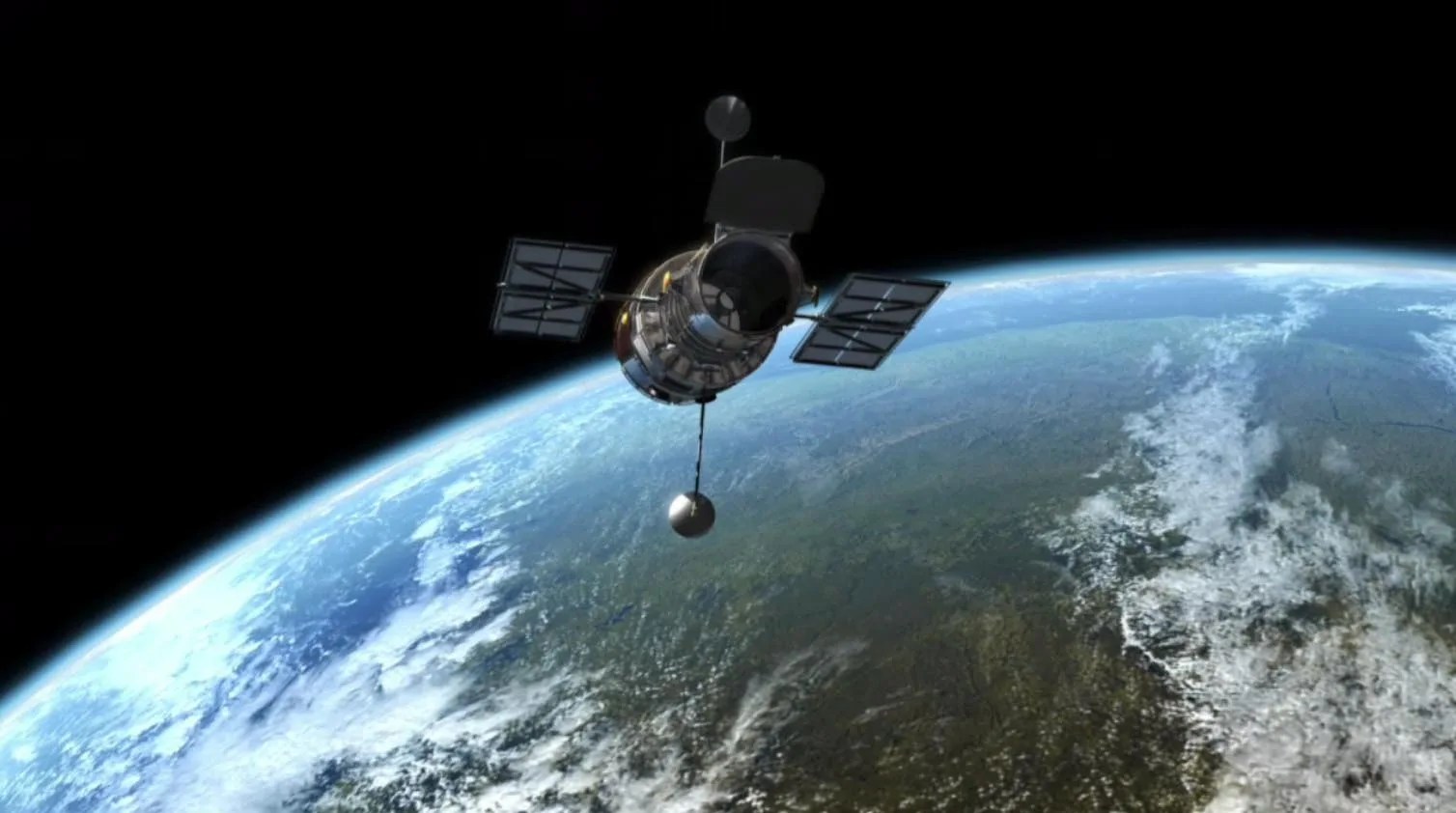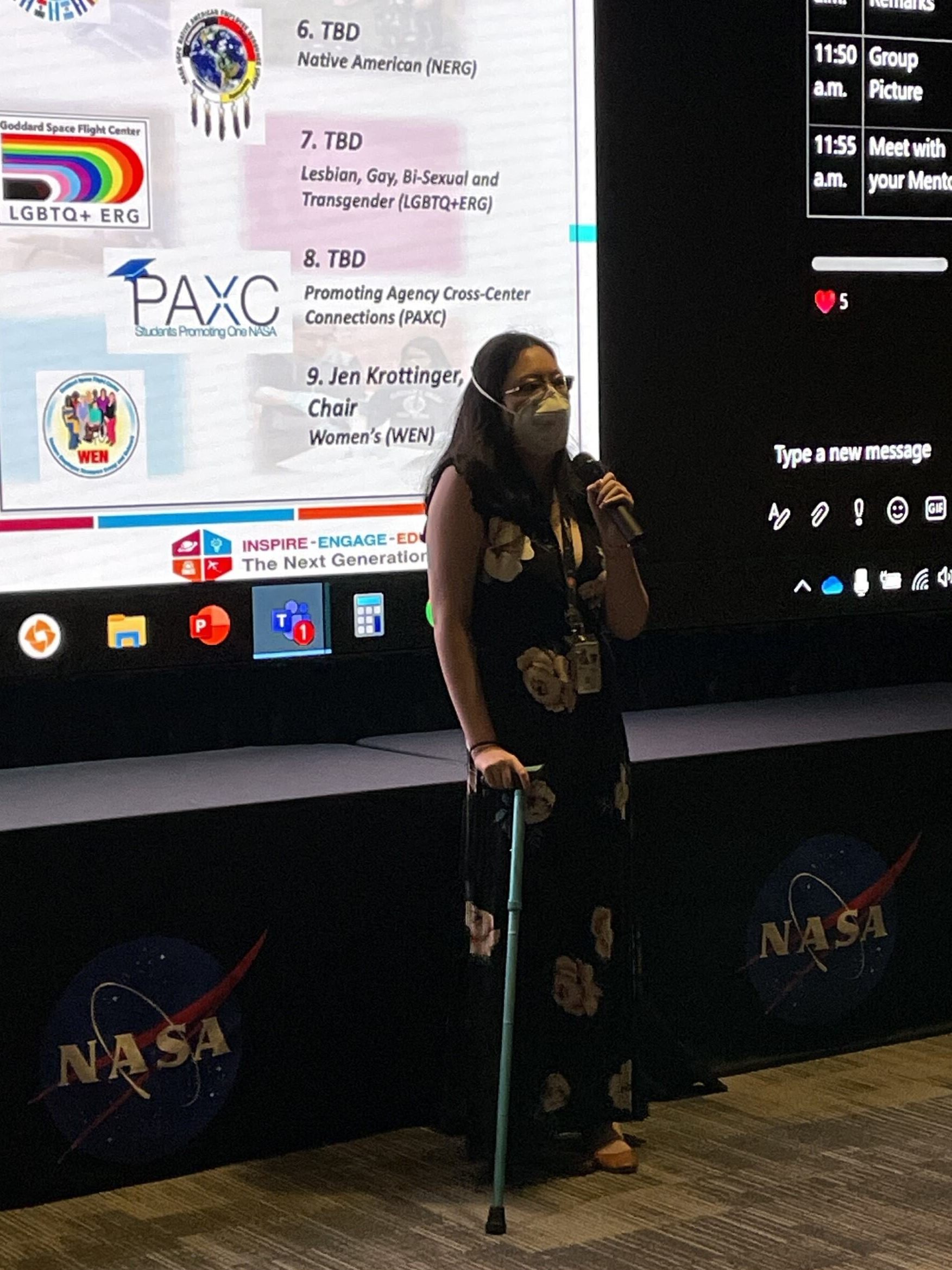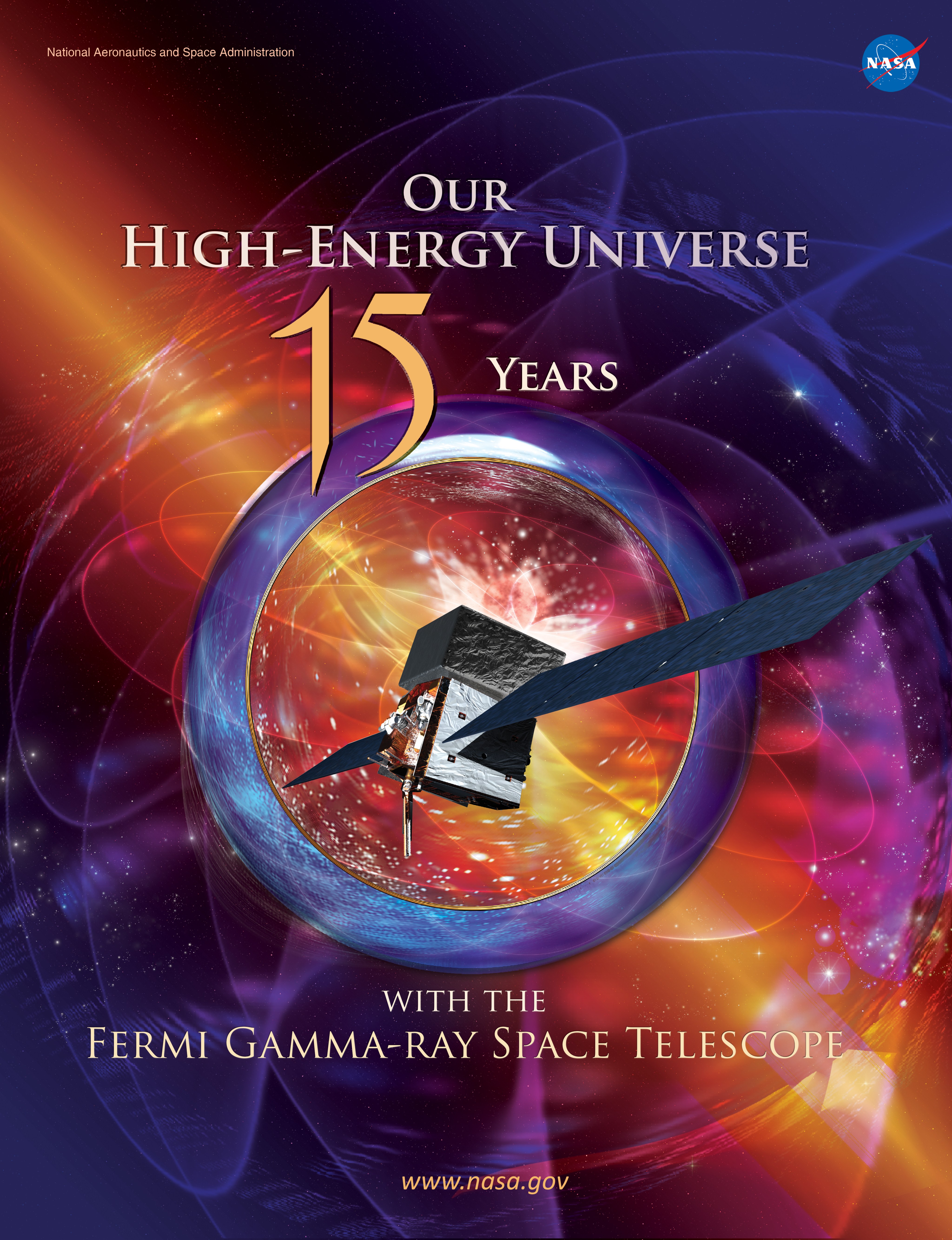3 min read

"Expect the Unexpected" is the title of the third video in a series celebrating Hubble's 25th anniversary this month.
The "Expect the Unexpected" video explains how the Hubble unlocked some of the biggest mysteries of the universe and a lot more.
STScI/Mary Estacion
In 2002, Hubble was outfitted with the powerful Advanced Camera for Surveys. Adam Riess of the Space Telescope Science Institute (STScI) in Baltimore, Maryland assembled a team of astronomers and used Hubble to find 25 more supernovae whose light had been traveling for many billions of years. The measurements derived from the most distant of these supernovae undercut theories about less energetic stellar explosions or dust between galaxies dimming the supernovae. The Hubble observations fit only with the model of an accelerating universe, spurred by the power of dark energy.
Dark energy is not the only elusive mystery of the universe Hubble has tackled.
"A supermassive black hole is where the equivalent of several hundred thousand stars or a million, or 10 million stars like our sun have been crammed into a region of space smaller than a pencil point," said Holland Ford, a research professor at Johns Hopkins University, Baltimore, Maryland.
"Hubble has shown that essentially at the center of every galaxy, there is a supermassive black hole and it also has shown us that there is a relation between the mass of the black hole and the mass of the bulge of stars around the galaxy," said Mario Livio, Astrophysicist at STScI.
The video also discusses Hubble research on exoplanets and search for exoplanet biosignatures, that is, signatures that can only be formed by life.
L. Drake Deming, professor of astronomy at the University of Maryland, College Park said, "The first detection of an atmosphere of an extrasolar planet was made with Hubble by looking through the transmission of light through the atmosphere and detecting sodium absorption. If you can detect sodium, then you can conceivably detect molecules that are essential to life or indicative of life in the atmosphere of small planets."
The "Hubble 25th Anniversary" video series is produced by STScI, which manages Hubble on behalf of NASA. The videos are available in HQ, large and small Quicktime formats, HD, Large and Small WMV formats, and HD, Large and Small Xvid formats.
For more information about the Hubble telescope, visit:
For previous videos in the series, visit:
Contacts:
Rob Gutro
NASA's Goddard Space Flight Center, Greenbelt, Maryland







